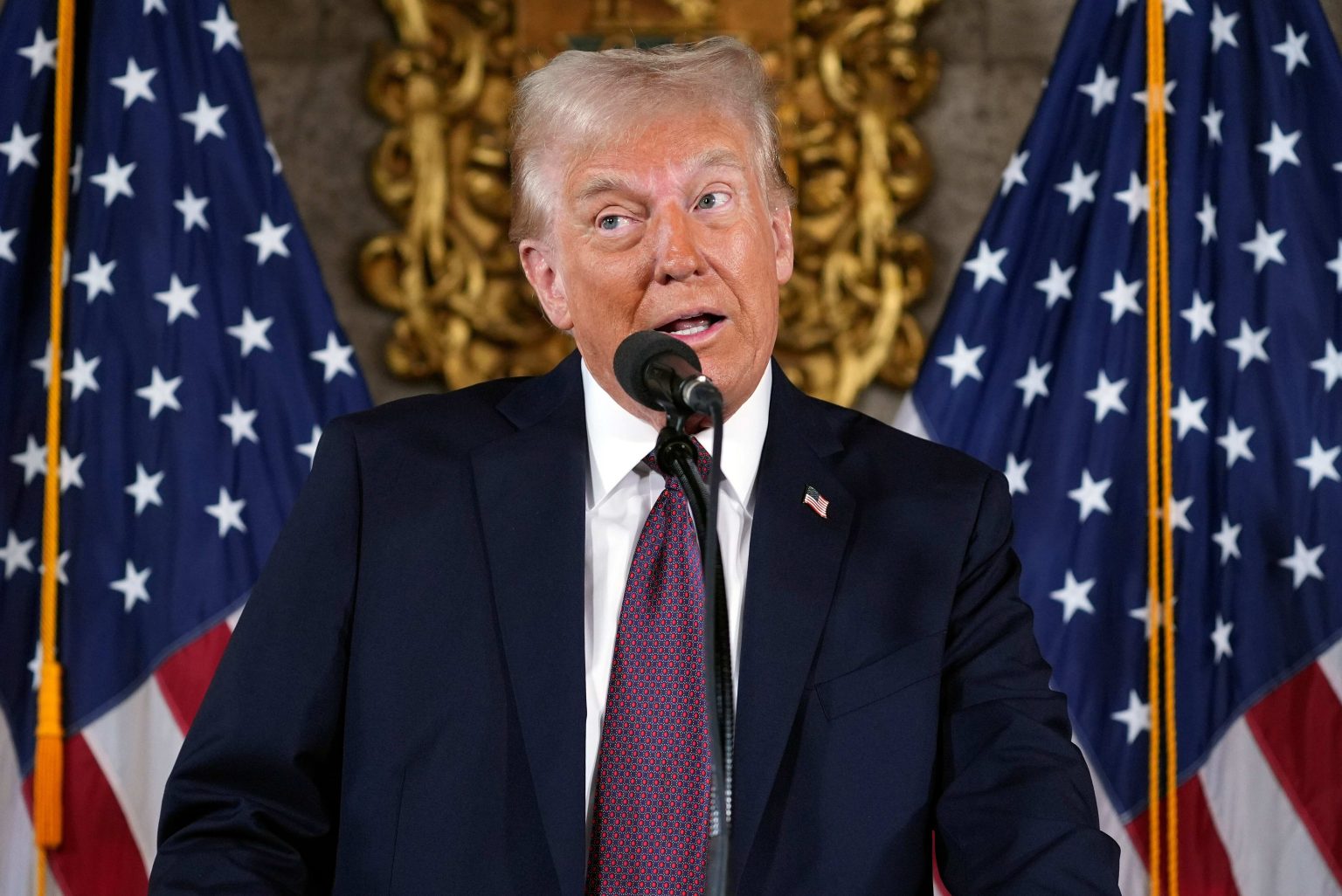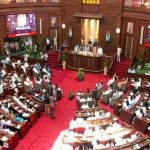Introduction to Trump’s First-Day Promises
When Donald Trump took office, the nation was buzzing with anticipation. His first-day promises set the stage for a presidency that would challenge norms and ignite debates across various sectors. Among those pivotal commitments was a bold focus on immigration and citizenship reform. For many Americans, these issues hit home in profound ways—affecting families, jobs, and communities nationwide. As we dive into Trump’s immigration policies, we’ll explore what his plans mean for undocumented immigrants, skilled workers on H-1B visas, DACA recipients, and whether he can deliver on the sweeping change he often touted during his campaign. Buckle up as we unpack the intricacies of these first-day executive actions that could reshape America’s landscape forever.
Overview of Immigration and Citizenship Reform
Immigration and citizenship reform have been hot-button issues in the United States for decades. Under Trump’s presidency, these topics took center stage on his first day in office.
Trump’s vision was clear: stricter enforcement of immigration laws and a reimagining of how citizenship is granted. His approach aimed to reshape the existing system significantly.
One major focus was addressing illegal immigration while also revisiting pathways for legal entry into the country. This approach stirred debates across political lines, igniting discussions about who should be allowed to stay and who should not.
As policies began to unfold, many wondered how they would affect families already living here or seeking refuge from difficult circumstances abroad. The implications were vast, touching millions directly impacted by changes to immigration law.
The Controversial Wall: What it Means for Immigration
The proposed wall along the U.S -Mexico border has sparked intense debate. Supporters argue it’s essential for national security. They believe a physical barrier can significantly reduce illegal crossings.
Critics, however, see the wall as a symbol of division and fear. For them, it represents failed immigration policies that neglect humane solutions. Building such a structure may not address root causes driving migration.
Environmental concerns also loom large in discussions about the wall. Critics raise alarms over its impact on wildlife habitats and ecosystems along the border.
This contentious issue reflects broader themes within Trump’s immigration policy. It highlights differing ideologies around safety versus compassion in addressing complex immigration challenges. The emotional responses to this wall reveal much about America’s current political climate and collective values regarding citizenship reform.
Changes to the H-1B Visa Program
The H-1B visa program has long been a focal point of immigration reform discussions. This non-immigrant visa allows U.S companies to employ foreign workers in specialty occupations, particularly in tech and engineering fields.
Under Trump’s first-day promises, significant changes were proposed for this program. Stricter regulations aimed at prioritizing American workers became a central theme. The administration sought to enforce tighter eligibility requirements for employers seeking H-1B visas.
Additionally, the idea of increasing fees associated with these visas was floated as a way to generate revenue for enforcement measures. Critics argued that such policies could stifle innovation and limit talent in sectors reliant on skilled labor.
As the Trump presidency unfolded, stakeholders watched closely how these changes would impact not only businesses but also those aspiring to work in the U.S under this critical program.
Pathway to Citizenship for Undocumented Immigrants
One of the most debated aspects of Trump’s first day promises revolves around creating a pathway to citizenship for undocumented immigrants. This initiative aims to address millions living in uncertainty.
Proponents argue that providing legal status would allow these individuals to contribute fully to society. Many are hardworking, tax-paying members who have built lives and families in the U.S
On the other hand, opponents fear it might encourage more illegal immigration. They believe that offering a pathway could undermine current immigration laws.
Trump’s vision suggests stricter enforcement alongside this reform, attempting to balance compassion with security concerns. The complexity of this issue highlights deep divisions across political lines and raises questions about future legislative efforts.
As discussions unfold, how lawmakers navigate these intricacies will be crucial for shaping America’s immigration landscape moving forward.
Impact on DACA Recipients
The Deferred Action for Childhood Arrivals (DACA) program has been a lifeline for many young immigrants. Under Trump’s immigration policy, DACA recipients have faced an uncertain future.
With promises of stricter enforcement and potential changes to immigration law, these individuals worry about their status. Many have built lives in the U.S pursuing education and careers. The fear of deportation looms large.
Trump’s first-day promises included measures that could directly affect DACA protections. This creates anxiety among those who contributed to society under temporary relief.
Moreover, the conversation surrounding citizenship reform adds another layer of complexity. For many DACA recipients, a pathway to permanent residency is crucial for stability.
As discussions unfold, there remains hope within the community but also trepidation over what may come next. The stakes are high as these individuals await clarity on their futures.
Potential Challenges and Oppositions
Trump’s first day promises around immigration and citizenship reform are bound to face significant challenges. The polarized political climate presents a major hurdle. Many lawmakers, including some from his own party, may resist sweeping changes.
Legal obstacles could also arise. Various advocacy groups are prepared to challenge new policies in court. They argue that certain measures violate constitutional rights.
Public opinion plays a crucial role too. With many Americans concerned about immigration impacts on jobs and security, Trump must navigate these sentiments carefully.
Furthermore, bipartisan cooperation is essential for lasting reforms. Historically, efforts to overhaul immigration law have stalled due to deep divisions between parties.
In this landscape of resistance and scrutiny, the path forward for Trump’s immigration policy remains uncertain as he takes office.
Conclusion: Will Trump Deliver on His Promises?
As the Trump presidency unfolded, his first-day promises loomed large in the public consciousness. Immigration reform and citizenship reform emerged as cornerstones of his agenda. From pledging to build a controversial wall along the southern border to proposing significant changes to visa programs, every action sparked intense debate.
The proposed modifications to immigration law could reshape lives for countless individuals. Many wondered whether these initiatives would create more barriers or open pathways toward opportunities. The fate of DACA recipients hung in the balance, influencing discussions on broader immigration policies.
Challenges awaited on multiple fronts as well—political opposition, legal hurdles, and shifting public sentiment posed questions about implementation. Each promise carried weight but also uncertainty regarding feasibility.
Whether Trump can deliver on these ambitious goals remains an open question that will shape not only his legacy but also the future landscape of American immigration policy.






